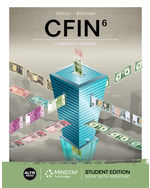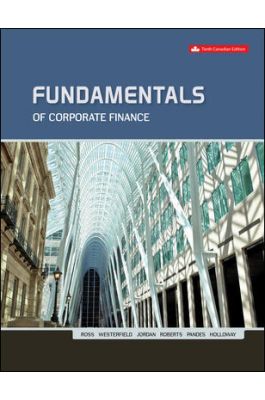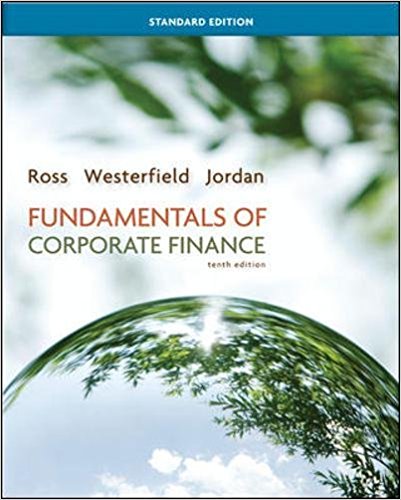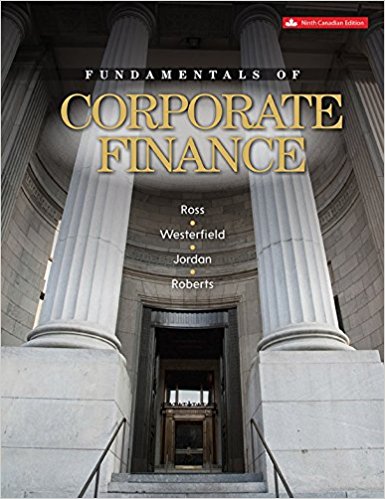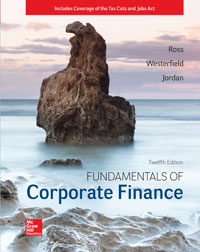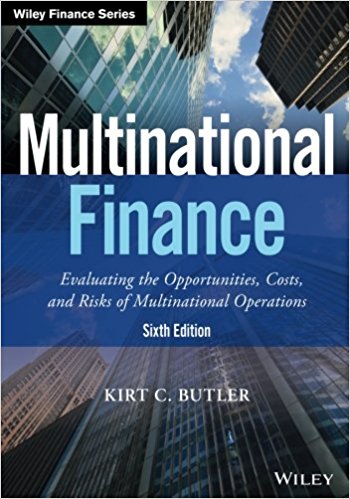Test Bank for M Finance 4th Edition By Cornett
ISBN10: 1259919633, ISBN13: 9781259919633
Chapter 1 Introduction to Financial Management
1) The increase in oil production in the United States characterizes which of the following key financial concepts presented in this book?
- A) the Rule of 72
- B) time value of money
- C) risk and return
- D) capital budgeting
2) Which of the following is not an impact of the slowdown occurring in China’s economy?
- A) lower demand in materials such as steel, iron ore, and copper
- B) real estate market declining in Sydney, Australia
- C) money going out of Manhattan, New York
- D) falling community prices
3) Not all cash a company generates will be returned to the investors. Which of the following will NOT reduce the amount of capital returned to the investors?
- A) retained earnings
- B) taxes
- C) dividends
4) This subarea of finance involves methods and techniques to make appropriate decisions about what kinds of securities to own, which firms’ securities to buy, and how to be paid back in the form that the investor wishes.
- A) real markets
- B) investments
- C) financial management
5) This subarea of finance looks at firm decisions in acquiring and utilizing cash received from investors or from retained earnings.
- A) investments
- B) financial management
- C) treasury management
6) Financial management involves decisions about which of the following?
- A) which projects to fund
- B) how to minimize taxation
- C) what type of capital should be raised
- D) all of these choices are correct.
7) This subarea of finance helps facilitate the capital flows between investors and companies.
- A) investments
- B) financial management
- C) treasury management
- D) financial institutions and markets
8) This subarea of finance is important for adapting to the global economy.
- A) investments
- B) financial management
- C) international finance
- D) financial institutions and markets
9) A potential future negative impact to value and/or cash flows is often discussed in terms of probability of loss and the expected magnitude of the loss. This is called
- A) options.
- B) standard deviation.
- C) coefficient of variation.
- D) risk.
10) This is a general term for securities like stocks, bonds, and other assets that represent ownership in a cash flow.
- A) investment
- B) financial asset
- C) real asset
- D) financial markets
11) Which of the following is defined as a group of securities that exhibit similar characteristics, behave similarly in the marketplace, and are subject to the same laws and regulations?
- A) investments
- B) asset classes
- C) market instruments
- D) financial markets
12) The most commonly accepted groups of asset classes include all of the following except
- A) stocks.
- B) bonds.
- C) machinery and equipment.
- D) real estate.
13) Which of the following is the firm’s highest-level financial manager?
- A) chief executive officer
- B) chief financial officer
- C) board of directors
- D) corporate governance
14) Which of the following managers would NOT use finance?
- A) operational managers
- B) marketing managers
- C) human resource managers
- D) all of these choices are correct.


